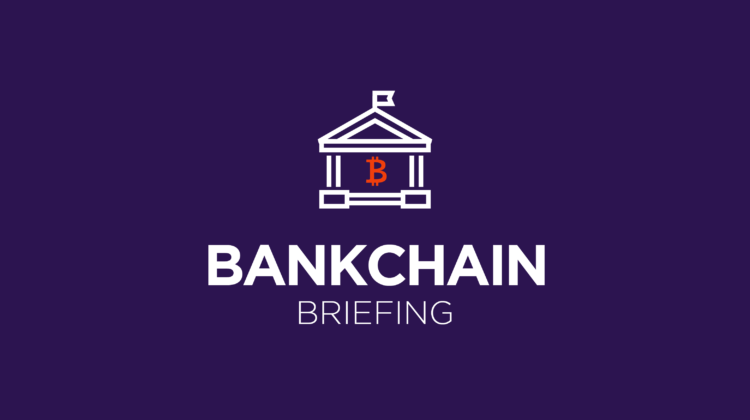Blockchain and Crypto, Member Exclusive
Bankchain Briefing: MoneyGram deepens crypto push with crypto trading service
- This week, we look at MoneyGram’s crypto expansion, and the potential role of digital currencies in the remittance industry.
- We also hear from Diogo Monica, the co-founder and president of Anchorage Digital, about why more FIs are starting to offer crypto services.








